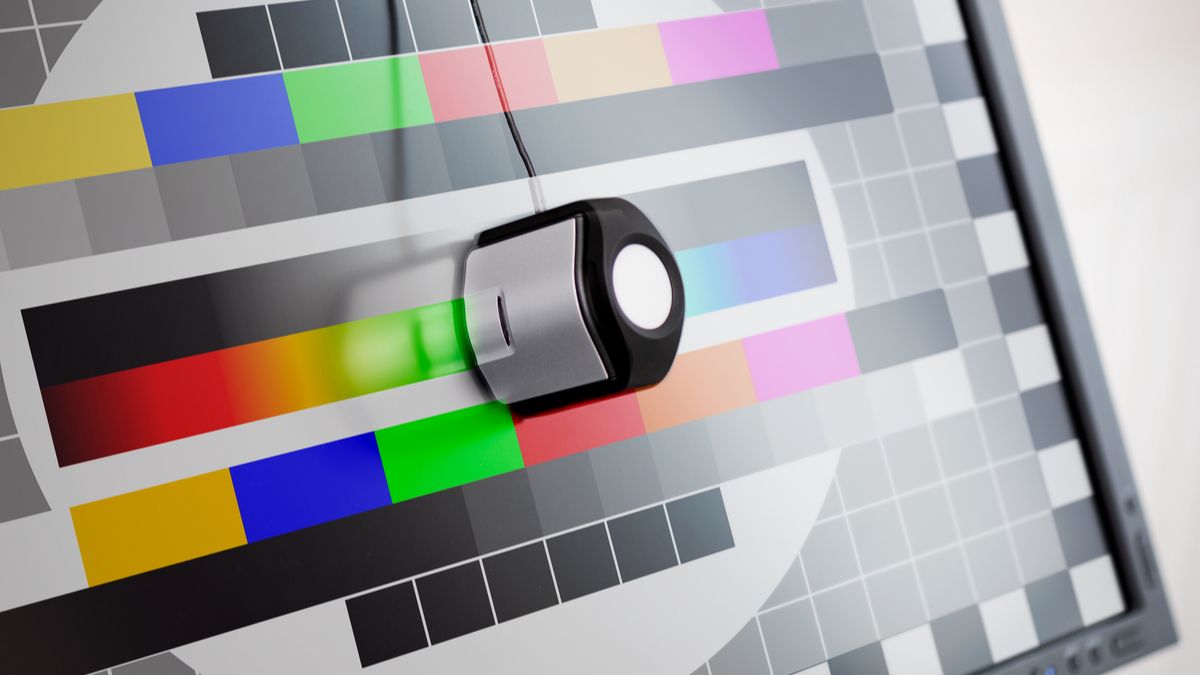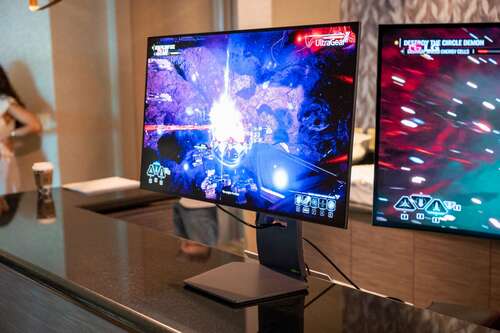Key Takeaways
- The quality of the panel in a monitor is more important than the brand, as it affects color accuracy, refresh rate, and other features.
- Many monitor brands use third-party panels from a limited number of manufacturers, so the brand doesn’t always indicate panel quality.
- When determining if a monitor is good, pay attention to panel type, resolution, refresh rate, size, stand quality, and additional features rather than just the brand.
Shopping for a new monitor is both exciting and frustrating. While you’re getting a new display for your eye candy, the overwhelming list of specifications you must check is daunting. Fortunately, the brand of the monitor isn’t that important.
The Quality of the Panel Matters More Than the Brand
The panel is the part of a monitor that displays the image itself. It’s the most important part of the monitor, as the quality and type of panel affect nearly everything: color accuracy, refresh rate, contrast ratio, response time, and additional features.
The three most common panel types in monitors are TN, IPS, and VA; you’ll occasionally come across OLED gaming monitors on the high-end spectrum as well. Each panel type has its own unique pros and cons, so if you’re in the market, check out our guide on how to pick the right monitor.
An often overlooked aspect is the panel production quality. Poorly constructed panels, inadequate quality control, or just poor luck in the panel lottery can result in you receiving a panel with dead pixels, inconsistent colors, ghosting, backlight bleed, and several other major flaws.
Factory color calibration is another major factor. VA panels traditionally have worse color accuracy than IPS, but a professionally calibrated, high-quality VA panel can look better than a shoddy IPS. Still, you can’t always rely on the brand to tell a good monitor from a bad monitor, as you can’t know how good the panel looks until you see it in person or do some research.
Many Brands Use Third-Party Panels
Much like CPUs and other computer parts, display panels are a complicated and expensive part to manufacture, so there are only a handful of flat-panel display manufacturers in the world. Some panel manufacturers also make their own monitors to put the panels in, such as Samsung, LG, and Sony. However, you can infer that there are many more monitor manufacturers than panel fabrication plants. This means that monitor manufacturers have no other choice but to procure panels from panel manufacturers.
Your next likely question might be: why do panel manufacturers sell their panels rather than exclusively use them in their own monitors and other end products? That’s because building a monitor involves many other steps, materials, and parts. In addition to the panel, monitors have a control board and power board, monitor stand, housing, I/O ports, speakers, and several other parts. Selling the “raw” panels to whoever is willing to buy them at a suitable price can bring in a lot of money, allowing for economies of scale and lower prices for everyone.
The good news is that you can often find a high-quality panel from an expensive monitor in a much cheaper model to effectively get the same image quality. However, figuring out what panel a monitor uses isn’t always easy; your best bet is to research a specific model online to see if somebody has already figured it out.
Also keep in mind that panel manufacturers like Samsung and LG aren’t eager to sell their proprietary technology that allows them to get the most out of their panels. For instance, some monitors might have unique firmware that you won’t get if you buy a monitor from a different manufacturer that uses the same panel. As a result, the two monitors can end up looking very different.
Monitor manufacturers can suddenly change their panel sources without notifying anyone, which has a significant impact on the end product. As an example, AOC changed the panels of some popular monitors, like the 24G2U, back in 2020. The new panel wasn’t even that bad, as it had better response times and less motion blur, but it also had inferior color accuracy and brightness levels. After substantial backlash, AOC switched back to the original panel supplier.
How to Determine Whether a Monitor Is Good
Instead of looking at the brand, you should pay attention to the overall quality of the monitor. The most important aspect is how it looks, so if you can check it out in person, make sure to do that. If that isn’t an option, you’ll have to rely on user reviews and the specs sheet to find something that suits your needs. There are many monitor specs that you should pay close attention to, such as:
- Panel type: The type and quality of the panel affect everything from how good the colors look to the response time.
- Resolution: Standard 1080p gaming is great, but opting for a sharper 1440p or 2160p monitor could be a much nicer experience, even if you have to make some sacrifices in other specs.
- Refresh Rate: A higher refresh rate means your monitor can display more images per second, resulting in significantly smoother animations and better motion clarity.
- Size and Aspect Ratio: Pro gamers might prefer smaller, traditional 16:9 24-inch screens, whereas those who focus on immersive single-player experiences often spring for 32-inch ultrawides.
- Monitor Stand: The quality and adjustability features of your monitor stand allow for better ergonomics or even portrait mode. If you want to use a monitor arm, double-check that the monitor has a VESA mount.
- Additional Features: Features like HDR10+, FreeSync/G-Sync, built-in speakers, and factory color calibration all have a serious impact on the final picture, so look out for additional features that you personally care about.
If you find a monitor that checks all the right boxes for you and reviews indicate that it’s a good model, the monitor brand shouldn’t stop you from buying it. Sure, monitors from Samsung, ASUS, and LG are amazing, but the same goes for many models from AOC, Eizo, iiyama, and KOORUI. I had my reservations when I ordered my first AOC monitor, but four years later, it’s still kicking and looks as good as new. There is a bit of motion blur at lower frame rates, but the response time and color accuracy are more than acceptable for a budget model.
If a great monitor from an unknown brand caught your eye recently, don’t hesitate to order it. As long as there are plenty of great user reviews for that specific model, that’s all the evidence you need that you’re looking at a quality display. If you haven’t found a monitor you like yet, we have a few monitor recommendations depending on your use case.



